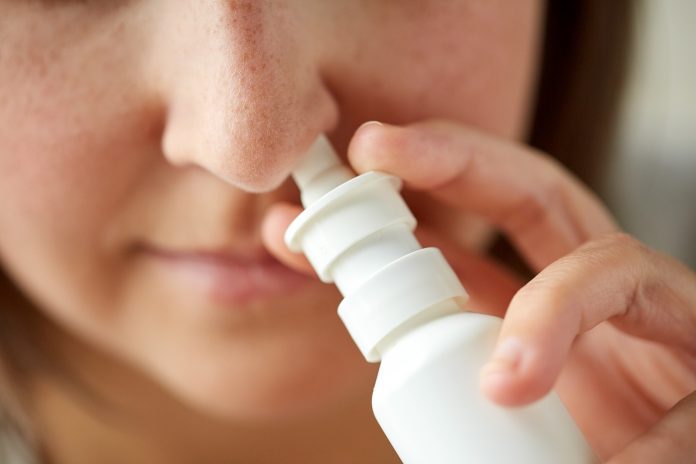While intramuscular vaccines are the norm right now, immunologists propose that intranasal COVID vaccines would be great for booster shots
Currently, countries lucky enough to have access to vaccines are using needles – shots administered to the top of the arm, straight into the muscle of the body. This type of vaccine dominates in clinical trials, as it is the scientifically supported way to tackle viruses similar to COVID-19.
However, immunologists at the University of Alabama at Birmingham, Dr Fran Lund, and Dr Troy Randall, propose that the lesser-known intranasal COVID vaccines should be brought into the mainstream.
What is an intranasal COVID vaccine?
Essentially, the vaccine is taken through the nasal passages. The influenza vaccine can be given as a nasal spray, and so can some other flu vaccines. If COVID vaccines became intranasal, they would be much easier to take for needle-phobic individuals.
“Given the respiratory tropism of the virus, it seems surprising that only seven of the nearly 100 SARS-CoV-2 vaccines currently in clinical trials are delivered intranasally,” Lund and Randall said.
“Advantages of intranasal vaccines include needle-free administration, delivery of antigen to the site of infection, and the elicitation of mucosal immunity in the respiratory tract.”
Could an intranasal COVID vaccine work better?
According to the immunologists, this method of vaccination gives two additional layers of protection over intramuscular shots because it produces:
- Immunoglobulin A and resident memory B and T cells in the respiratory mucosa that are an effective barrier to infection at those sites, and;
- Cross-reactive resident memory B and T cells that can respond earlier than other immune cells if a viral variant does start an infection.
So, what is the best way to use vaccines?
“The ideal vaccination strategy,” the immunologists concluded, “may use an intramuscular vaccine to elicit a long-lived systemic immunoglobulin G response and a broad repertoire of central memory B and T cells, followed by an intranasal booster that recruits memory B and T cells to the nasal passages and further guides their differentiation toward mucosal protection, including immunoglobulin A secretion and tissue-resident memory cells in the respiratory tract.”











